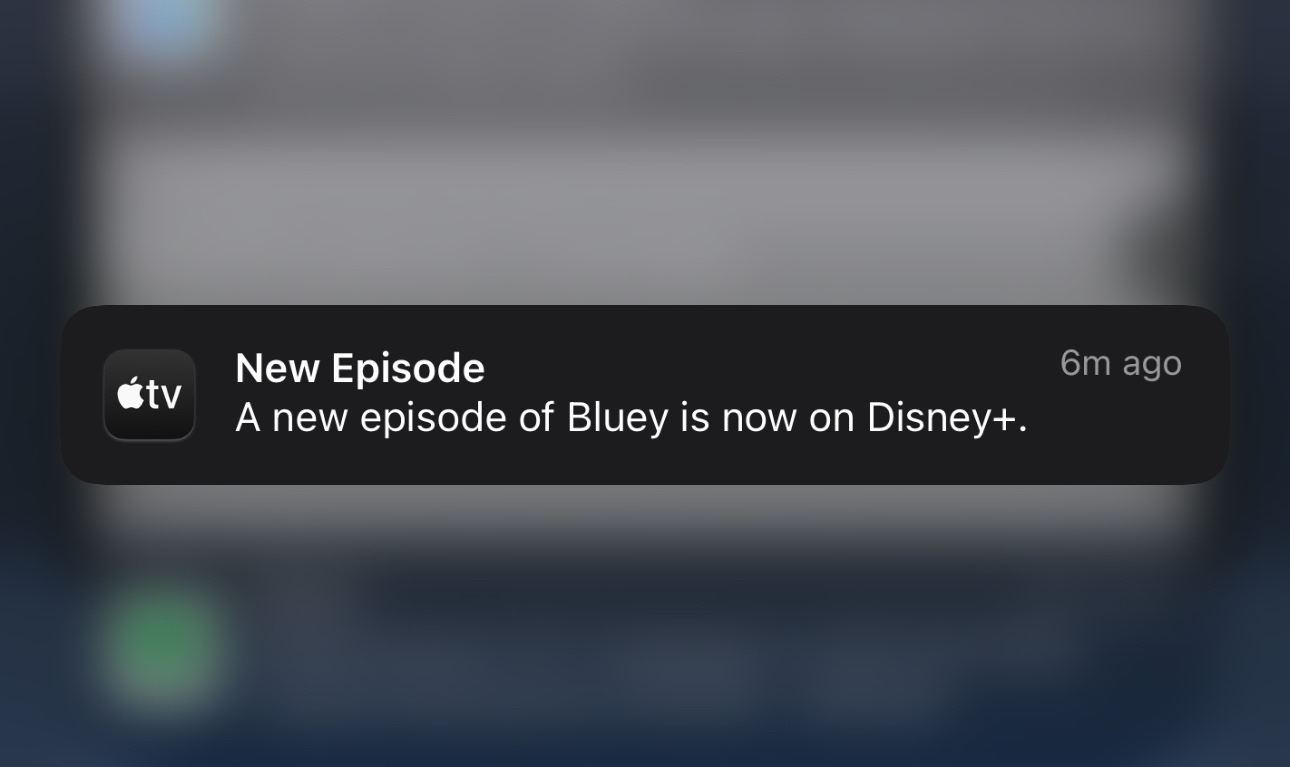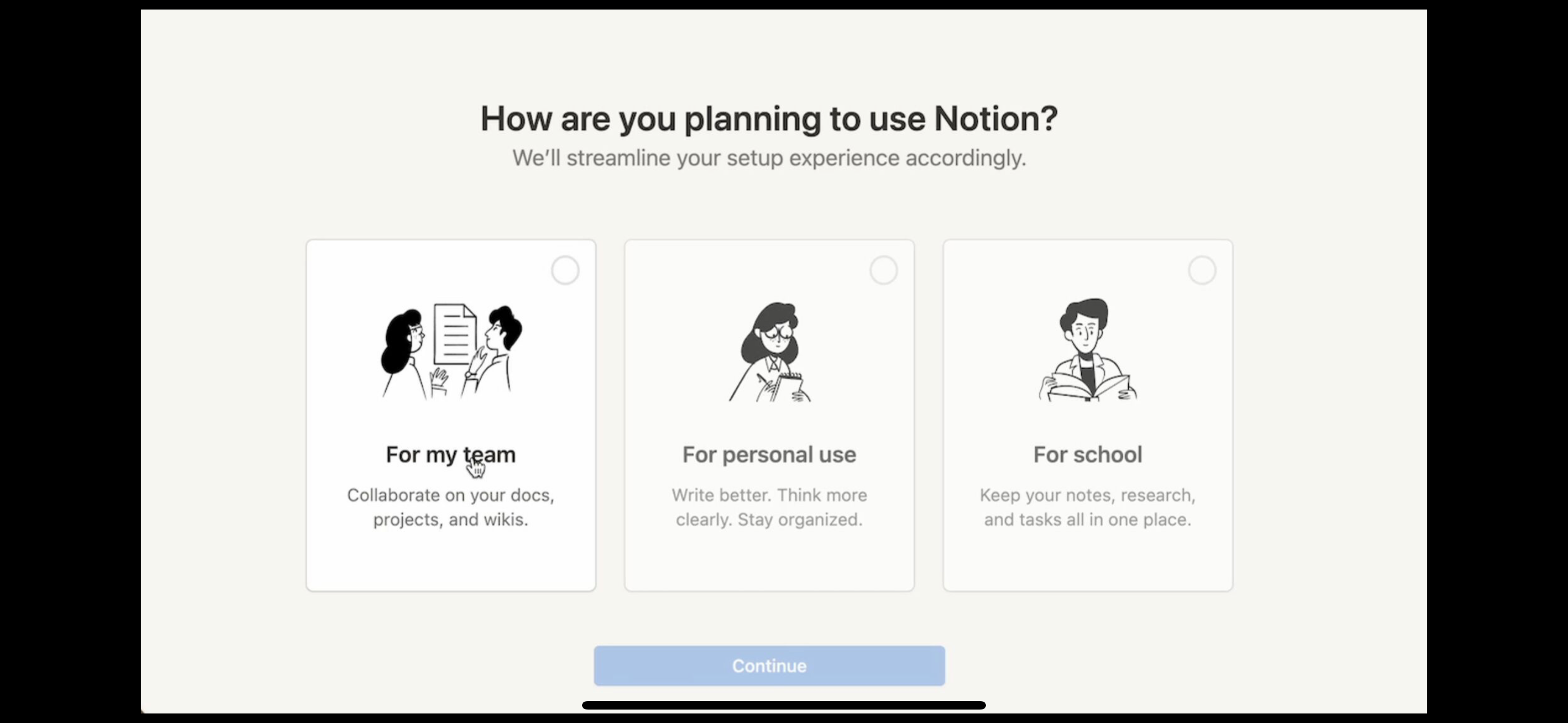We’ve been running some tests to optimize this checkout flow and when we switched to one of them, results tanked. It led to a late night working to switch it back so we could try another revision.
Seemingly small changes have a HUGE effect on a person’s likelihood to convert. But it’s more about their ability to quickly understand things.
So here’s my prompt for you product marketers and copywriters out there is…. One of these screens in the Law Insider checkout flow gets 3x the number of signups compared to the other. Which do you think it is and why?

I saw a debate on LinkedIn over whether or not it’s “dated” for the sales rep dress up for sales calls. Most people who chimed in are sales reps that choose to not dress up and tend to wear hoodies and hats on calls.
I personally keep a collared shirt on a hanger and a hairbrush right by my desk so I can get ready for a customer facing call in 10 seconds if needed.
On days where I have a lot of calls, I stay dressed up with proper shoes. Why shoes? No one will see them in Zoom call, right? Sometimes it’s about feeling the part as much as it is displaying the part.
If you have terrible sound, or a feedback echo, even a three piece suit won’t save you. The experience for the other side is just too painful.
If you aren’t going to dress up, good lighting can still make you look 10x better and more prepared.
In order of importance:
- Sound
- Lighting
- Wardrobe
There’s a real difference in mindset and results between those folks who see Closed Won as the destination vs. those that see it for what it is. A point in time.
Product-led Pipeline?
Incentives matter… and there’s an “incentive paradox” at play when product-led meets sales-led.
When you are doing a great job with product education, have transparent pricing, and make it easy for anyone to get started, you will have inherently less meetings as a percentage of traffic.
If you are measured on short term performance on meeting volume, it can be tempting to start to add friction back into the process.
This is often a mistake. Product-led companies with a sales-led component will often do far better in the long run; as an eays to use, helpful, easy to learn product often attracts more champions, awareness, and funnily enough… demo meetings.
You have to work transparently with other teams and to align on the goals and have the tough conversations with the stakeholders ahad of time so you don’t find yourself scambling and making rash decisions.
When asked for a discount…
The first instinct for some sales reps is to reduce prices to close deals. People aren’t always asking because they can’t afford it.
-
Prospect: Discount?
-
Me: Hey there. Are you looking for a discount on our product? We do offer a team plan with a lower cost per seat.
-
Prospect: Is there a discount code?
-
Me: is the current pricing outside your budget? We think it’s a pretty fair deal.
-
Customer: No just bought it.
Sometimes I step into a sales role to stay close to the customer and what they really want. Which isn’t always as it seems. Asking follow up questions is the only way to get cut through the noise.
In-app Product Nudges Based on Actual Usage
Most feature launches land with a thud… … even the truly valuable ones… and it’s no mystery why. 👇
They are often left to wither without ever being mentioned again. This is due to a lack of commitment from the business as a whole in seeing it through.
But YOU, as a PMM or PM can bake in a higher likelihood of success from the start by making a plan to properly surface the feature in your app to users who are a great fit for.
You can even use this strategy from Google Analytics for retention or feature winback campaigns.

Thinking of adding a passive aggressive “Do Nothing” plan to the pricing page. 🤣 WDYT?
Do Nothing Free Forever. Cancel Anytime.
Perfect for those who would rather do things the old fashioned way and don’t want to accelerate their workflow.
✔️ No productivity or quality gains for your contracts. ✔️ No recurring subscription costs. ✔️ No passwords to remember. ✔️ No time savings.
Button: [Do Nothing]
What if companies put an equal amount of effort into the 30 days after the sale…
as they do the 30 days before the sale?
Build products and features that get better the more you use them them.
If you have an update or a new feature that people are going to want, sometimes all you have to do is tell them about it.
B2B sometimes gets too wrapped up in launch methodologies and approvals and they forget to do the simple things.

tfw the feature starts to get some legs with customers.
#productmarketing

IKEA's Three Customers and Why You Should Care
Anyone in product needs to consider this and how these segments apply to their own customers. B2B, B2C, B2C2B or any other acronym.
“As a 31-year veteran of IKEA%2C Tony Giacona describes three typical Ikea shoppers this way:
“The planned customer”: The people who know what they want and come in with a list.
“The experience couple”: The people who are coming in and want to “be amazed” and touch%2C feel and explore to get inspiration.
“The online customer”: They’ve done their homework but “now they want to spend some time interacting%2C to have some meatballs%2C make sure they want to validate their decision online%2C” where they’ll likely complete the purchase and get things delivered. “
Now apply this to your own business. Is it really that different? Really?
Read more: IKEA opening new small-format stores across U.S. ➚
I bought a domain. Again.
Product Marketing and Sales Enablement at their finest.

The HELP Method for creating product marketing content.
I used to struggle every time I sat down to create a product marketing asset. I needed HELP. Now I use The HELP Method for creating product marketing content.

HELP = Hook, Emotion, Logic, Proof
Hook
“Not just anybody.”
Get their attention. Speak to a specific audience here. You have just one shot to get this right, but this is where you can experiment the most.
Emotion
“Help me if you can, I’m feeling down.”
Show you understand their problems and why they should care. If you’ve been in sales or marketing for any length of time, you know that people choose emotionally and justify their decisions with logic.
Logic
“Help me get my feet back on the ground.”
Show how it can solve their problem. Show them how it works in practice with their workflow, systems, and daily habits. Is it easy to use? Automatic? How much work is it?
Proof
“I feel so insecure.”
Has this worked for anyone before? People fear a road less travelled. Their jobs are on the line after all. Show that others have seen results.
Summary
Use this lens to evaluate and enhance all your product marketing assets.
See something a colleague should read? Tag them in the comments.
#productmarketing
I’m no expert, but I do have some product marketing experience and I’ve never seen the “shame customers into buying a product they don’t want” strategy work out so well.
Onboarding Segmentation as Product Marketing and Customer Education
“Hey, look, I actually might want to use this for my team.”
- Person who didn’t already have team usage in mind.
Notion provides a customized onboarding experience, but also uses the moment to highlight certain features. So let’s say you’ve heard about Notion for personal productivity and are just looking for a place to get some work done. But… if you have a team, then it might be valuable to know that you can work with them in this tool.
This is a great education moment to have people understand: “Hey, I can actually use this with other people on my team and maybe get some value out of it that way.”
So I like this for a couple of reasons.
- The persona picker and the customization of onboarding.
- But also: this is a moment where you can show all of the use cases you’ve got right here for someone.
Have you seen any other best in class onboarding steps?
#productmarketing

Every Product Maketing hire should go through onboarding as a sales rep before (or concurrently with) anything else. ⬇️
You need to understand their world as it exists today before you can level it up.
What else should be on every PMM’s 30/60/90?
#productmarketing
Amazon’s packages aren’t “easy-open”.
They are “frustration-free”.
Lead with the problem, not the benefit.
#productmarketing
Launching any product without social proof is ill advised.
Giving early adopters a “backstage pass” to how the product is made, and giving them a voice in the product’s direction in exchange for a customer testimonial is a pretty big win for everyone.